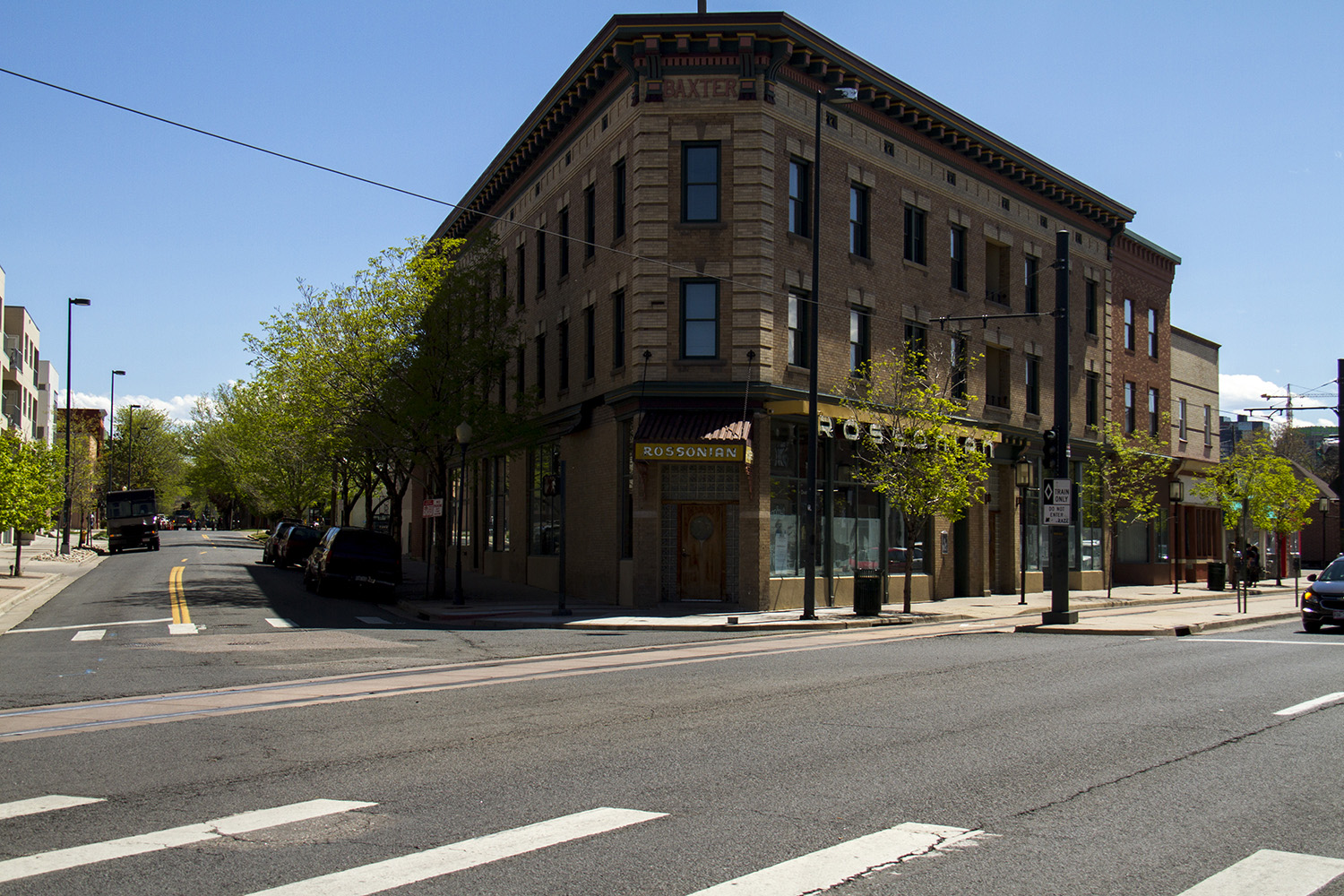Five Points is one of Denver, Colorado's oldest neighborhoods. It is on the northeast side of Downtown Denver's central business district with a small portion wrapping around Coors Field and encompassing the Union Station North neighborhood (formerly Prospect)Citation. It is where the downtown street grid meets the neighborhood street grid of the first Denver suburbs. The five points in the district name are the vertices formed where four streets meet: 26th Avenue, 27th Street, Washington Street, and Welton Street. Five Points was the shortened name for the street car stop at this intersection.
Five Points came to historical prominence from the 1860s through the 1950s. The neighborhood was home to Denver's aristocracy, housing mayors, governors, and prominent business people as well as middle class laborers. Rino, Prospect, Clement, Old San Rafael, Curtis Park, Arapahoe Square, and Ballpark neighborhoods are in the larger Five Points neighborhood.
Five Points was known as the "Harlem of the West". It became a predominantly African American neighborhood in Denver because discriminatory home sale laws in other neighborhoods forbade black people from settling in them. From the 1920s to the 1950s the community thrived with a rich mix of business and commerce along the Welton Corridor offering the neighborhood butcher, real estate companies, drug stores, religious organizations, tailors, restaurants, barbers and many other main street services. Welton Street was also home to over fifty bars and clubs, where jazz musicians such as Billie Holiday, Duke Ellington, Miles Davis, Nat King Cole, Count Basie, Dizzy Gillespie and others performed. Black performers that other hotels in Denver would not accommodate stayed at the Rossonian Hotel, built in 1912, and performed there, making it a famous music venue.
Five Points has always been a neighborhood with a diverse economic mix of residents, evidenced by the variety of houses there. Mansions were built next to row homes. Many of the rich began moving out of Five Points in the late 19th century to live in the more popular Capitol Hill neighborhood. Five Points was also home to a large Jewish population and is still home to a former synagogue, Temple Emanuel, on the corner of 24th Street and Curtis Street. After World War II, many Japanese-Americans lived in Five Points. Agape Church on the corner of 25th Street and California Street was once a Japanese Methodist church.
The Five Points Business District is a ten-block corridor positioned along Welton Street on the northeast edge of downtown Denver. It is experiencing a rebirth of energy and interest after years of dormancy. Its urban location, culturally rich history, and convenient light rail access positions the area to be the next “it” neighborhood. When you combine those factors with the rapid growth of the district’s surrounding neighborhoods, you have the formula for a great business and cultural corridor.
The work of the office is focused around three areas:
Business Development
Cultural Promotion & Preservation
The Greater Good
The effort around Business Development involves the recruitment of new, relevant, and neighborhood-serving businesses; strengthening existing businesses; and collaborating with property owners, residents, the City, developers, non-profits and other stakeholders to promote and support development of the corridor.
The effort around Cultural Promotion & Preservation involves marketing the corridor as a cultural and tourism destination for arts, culture and entertainment and that showcases Denver’s African American history and the area’s rich jazz heritage.
The effort around The Greater Good involves taking a “whole-system” approach to revitalizing the Five Points area, which means considering issues beyond economic development like: education, transportation, safety, children & families, and issues around health.







